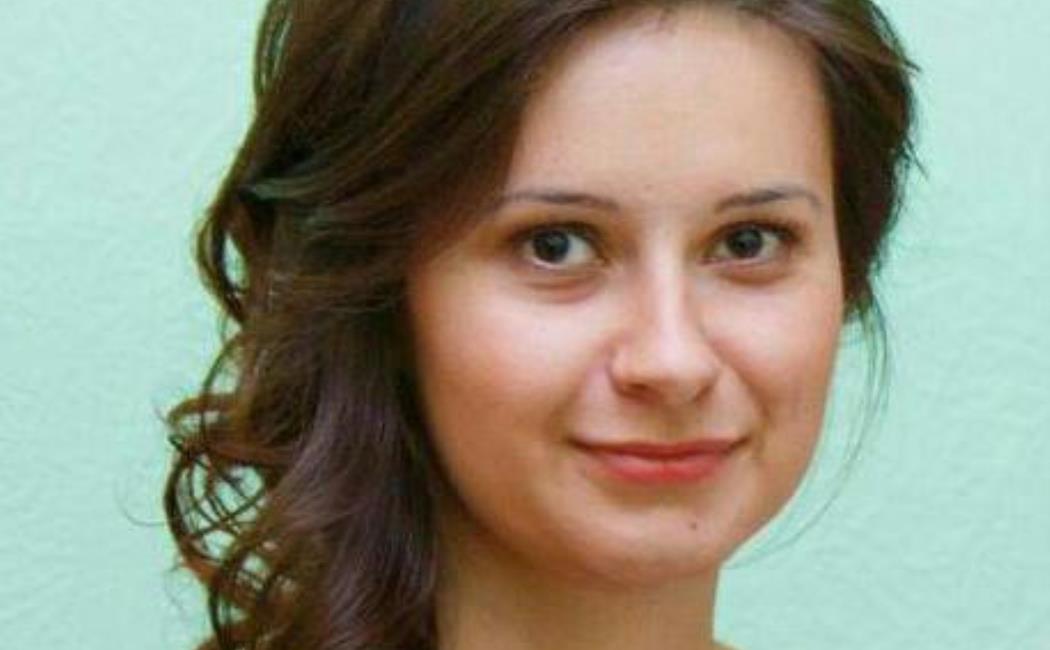

KSC SEMINARS

Date & Time: Sunday October 29th, 2017 at 2pm
Venue: Building 5, level 5, room 5220
Light refreshments will be provided.
Abstract: Bulk heterojunction donor-acceptor blends for application in photovoltaics have been a subject of intense research for the last 20 years, in order to break through the efficiency thresholds and achieve more than 10% power conversion efficiency. In BHJ blends, high photovoltaic yields require charge carrier separation to outperform geminate recombination, however, the exact mechanisms of the charge generation and separation are still argued about. Both long range and short range processes are involved in electron-hole separation in different blends, with weakly or strongly bound electron-hole pair. Understanding which of the processes is the main contributor to the high IQE of the solar cells will eventually lead to design of more efficient devices. Here we present transient absorption spectroscopy studies of the energy and charge transfer processes at the interface of polymer/small molecule and all-small-molecule blends. Detailed target analysis of the distinguished spectral probes allows us to separate the bulk and the interface species and thus – follow the charge dynamics in the interface to give direct information about the electron-hole separation mechanisms.
Short biography: Anna Isakova obtained two "cotutelle" PhDs in 2015, one from Aston University and one from the Autonomous University of Madrid (UAM), working on polymers for application in organic solar cells. After a postdoctoral position as a Marie Curie Fellow at the IMDEA Nanoscience, Spain, where she studied photodynamics in polymer blends, she joined the Chemical Engineering School at Newcastle University. Dr. Isakova's current research is focused on polymer-bound catalysis for oscillatory reactions and its potential application for self-triggered biomedical and electronic devices.